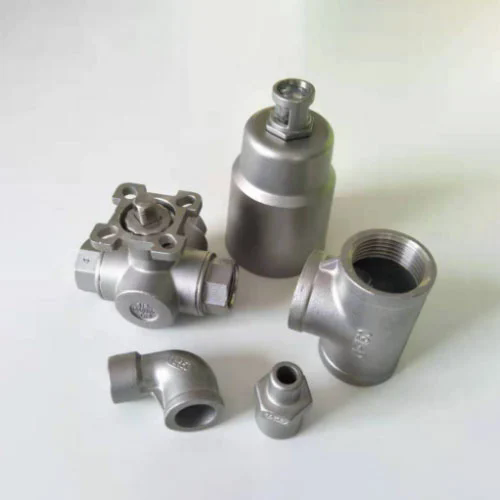An Introduction to Metal Die Casting: Process, Benefits, and Applications
2025-02-06
Metal die casting is a widely used manufacturing process that produces high-precision metal parts with excellent strength and durability. It involves injecting molten metal into a mold cavity under high pressure, allowing for the creation of complex shapes with tight tolerances. This method is used in various industries, including automotive, aerospace, electronics, and industrial machinery.
What Is Metal Die Casting
Metal die casting is a metal-forming process that uses high-pressure injection to shape molten metal into specific designs. The mold, also known as a die, is typically made of hardened steel and is designed to produce multiple identical parts with consistent quality.
Common Metals Used in Die Casting
Different metals can be used in die casting depending on the application. Some of the most common materials include
Aluminum Lightweight, corrosion-resistant, and widely used in the automotive and aerospace industries
Zinc Offers excellent durability and is suitable for small, detailed parts
Magnesium Known for its lightweight properties and good strength-to-weight ratio
Copper Provides high thermal and electrical conductivity
Brass Used for decorative and mechanical components due to its corrosion resistance
The Metal Die Casting Process
The die casting process consists of several key steps
1. Mold Preparation The die is cleaned and coated with a lubricant to ensure smooth metal flow and easy part removal
2. Molten Metal Injection The metal is melted and injected into the die cavity at high pressure
3. Cooling and Solidification The molten metal rapidly cools and takes the shape of the mold
4. Ejection of the Part Once solidified, the part is ejected from the mold
5. Trimming and Finishing Excess material is removed, and the part may undergo additional surface treatments
Benefits of Metal Die Casting
Metal die casting offers several advantages, making it a preferred method for mass production of metal parts
High Precision and Complexity Capable of producing intricate shapes with tight tolerances
Excellent Strength and Durability Die-cast parts have superior mechanical properties and wear resistance
Efficient Production Process Suitable for large-scale production with minimal material waste
Smooth Surface Finish Requires little to no post-processing for many applications
Cost-Effective for High-Volume Production The reusable mold reduces overall manufacturing costs
Applications of Metal Die Casting
Metal die casting is used in various industries due to its versatility and efficiency. Some common applications include
Automotive Industry Engine components, transmission parts, and structural elements
Aerospace Industry Lightweight metal components for aircraft and spacecraft
Electronics Casings for devices, heat sinks, and connectors
Industrial Machinery Precision gears, brackets, and housings for heavy equipment
Consumer Products Hardware fittings, kitchen appliances, and decorative items
Conclusion
Metal die casting is a highly efficient and reliable manufacturing process that produces high-quality metal parts for a wide range of applications. Its ability to create complex shapes with excellent strength and durability makes it a valuable solution in many industries. Choosing the right metal and optimizing the process ensures the best results for any production requirement.



